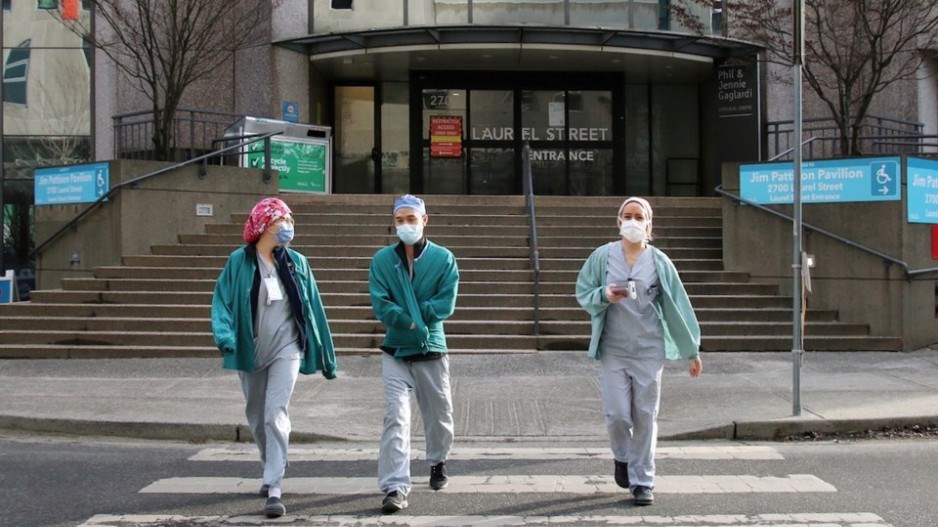The West Coast tallied up another 9,000 jobs in November, reversing
That was enough to push the province’s unemployment rate down 0.1 percentage points to 5.3 per percent, according to Statistics Canada data released Friday.
Meanwhile, Canada’s unemployment rate rose by one tick on a monthly basis to 5.8 per cent, despite adding 25,000 jobs.
The biggest gains came in B.C.’s manufacturing (+18,800 jobs) and health-care (+11,700 jobs) sectors.
The biggest losses came for the tech sector (-12,600 jobs) and accommodation/food services (-4,000 jobs).
BMO chief economist Douglas Porter described B.C.’s jobs gains as “decent” but the continued upward trend of the national unemployment rate likely better reflects the state of the Canadian economy.
He said in a note there was nothing in Friday’s data to shift expectations the Bank of Canada would keep its key rate static at five per cent when it makes its next interest rate decision Dec. 6.
“Today's job gain was quite healthy with full-time jobs in the cyclically sensitive private sector driving the increase,” TD senior economist James Orlando said in a note, referring to national figures.
“But still, the 25K increase in the net number of Canadians finding jobs again failed to keep up with the 78K increase in population and the 36K boost to the labour force.”
Like Porter, he does not foresee the central bank touching its key rate based on the latest jobs data.
“We suspect that the current trend of rising employment, albeit with gains weaker than the pace of labour force growth, will continue into the first half of 2024 and see the unemployment rate peak between 6-6.5 per cent,” CIBC senior economist Andrew Grantham said in a note.
“At that time, the labour market should be loose enough and inflation low enough to allow the Bank of Canada to start cutting interest rates in the second quarter of next year, which should help stabilize the labour market in the second half of the year.”




